If blacklight traps at the Tidewater AREC in Suffolk are any indication, we are currently experiencing an unusually large and early bollworm (aka corn earworm) moth flight this year. Average trap catches over the past 4 nights have averaged 70 moths per night. I have included 2016 season-long catches below for comparison.
We have additionally scouted for, and found, eggs in cotton and on silks of late-planted corn. I have included pictures below to help with identification. Our ongoing corn earworm survey has revealed large numbers of worms completing development on Bt corn in multiple counties. I strongly encourage cotton growers who planted Widestrike or Bollgard II this year to be vigilant when scouting fields. In agreement with Dominic Reisig’s (North Carolina State University) 2016 recommendations, entomologists in the Mid-South (Angus Catchot – Mississippi State University) have suggested egg thresholds broken-down by trait package:
WideStrike Cotton: Treat on 10-15% egg lays on bloom tags
BG2 cotton: Treat on 25-30% egg lay on bloom tags.
These thresholds are supported by observations made across the Southeast last year, including in North Carolina and Virginia, that worms have a higher chance of surviving on blooms than on any other part of the plant. These thresholds have not been established through experimentation and I consider them to be extra protective. Budworm eggs are identical to bollworm eggs and this species is controlled by Bt toxins. I have seen both budworm and bollworm moths in cotton this year.
Some growers have planted conventional cotton this year. We have established egg and larval thresholds in Virginia for non-Bt varities:
Eggs: 10 eggs per 100 terminals or 2 eggs per 100 fruiting forms (most cotton we have scouted has reached this threshold)
Larvae: 3 live worms per 100 terminals or 3% damage to squares, blooms, bolls
Currently, we have experienced no unexpected injury to Widestrike III or TwinLink technologies. I would not assume these varieties to be bulletproof in a high pressure year, but I do think that these technologies offer good protection in our area.
I recommend spending the extra money on a worm-specific product instead of relying on pyrethroids. Vial tests in Suffolk have indicated a trend towards resistance for several years and there have been field failures reported south of us this season. Besiege and Prevathon are good choices because they offer residual control. Besiege targets sucking-bug pests in addition to worms. I have had inquiries about Intrepid Edge. Virginia Tech has not tested this product in cotton. It has performed well in soybean tests and in cotton tests in other regions (Jeremy Greene- Clemson University, South Carolina). Keep in mind that no product works well against large larvae. Due to the early nature of this year’s flight, we may experience additional pressure later this season. I will keep you updated on what’s happening in Virginia. Please call if you have anything to report.
Sally 919-801-5366

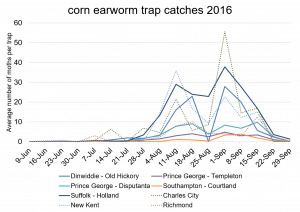
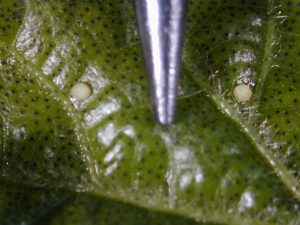
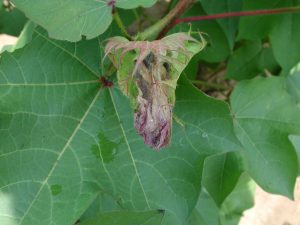
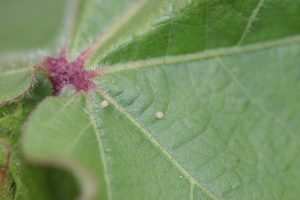
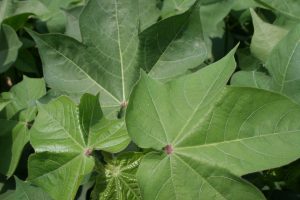
Pingback: Tech Turf – Home Direct